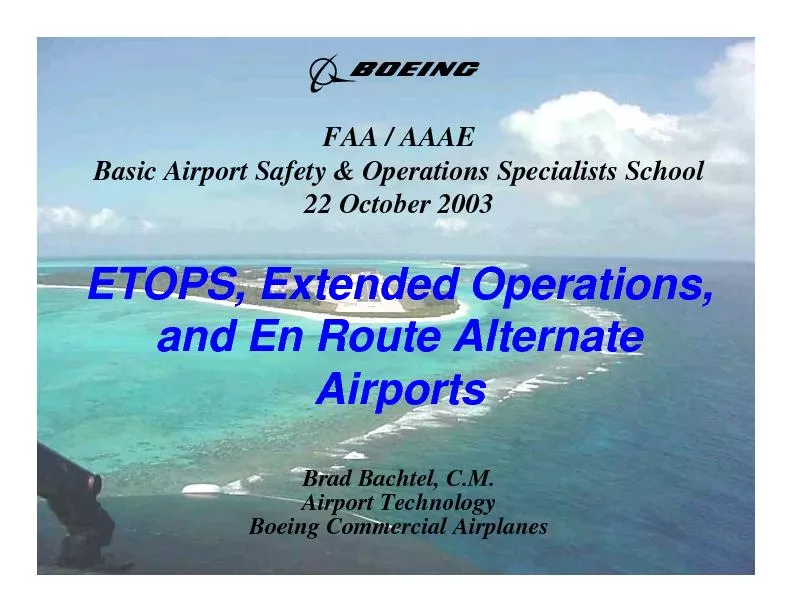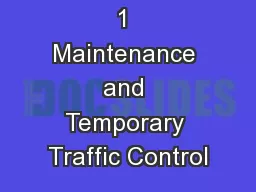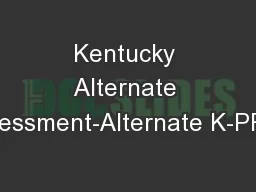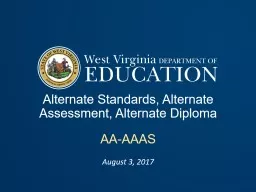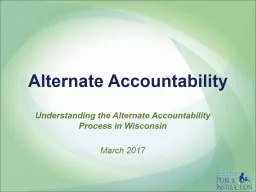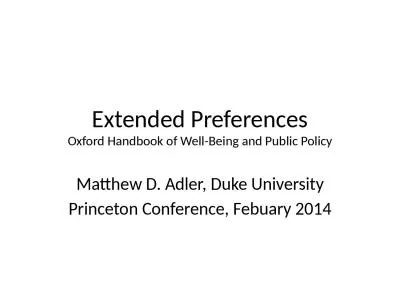PDF-ETOPS, Extended Operations, and En Route Alternate AirportsBrad Bachte
Author : faustina-dinatale | Published Date : 2016-05-09
So What Are These Terms Midway 149ETOPS 149Extended Operations 149En Route Alternate Airports Wake Diversion Airports are Essential to Aviation Safety History 150 60
Presentation Embed Code
Download Presentation
Download Presentation The PPT/PDF document "ETOPS, Extended Operations, and En Route..." is the property of its rightful owner. Permission is granted to download and print the materials on this website for personal, non-commercial use only, and to display it on your personal computer provided you do not modify the materials and that you retain all copyright notices contained in the materials. By downloading content from our website, you accept the terms of this agreement.
ETOPS, Extended Operations, and En Route Alternate AirportsBrad Bachte: Transcript
Download Rules Of Document
"ETOPS, Extended Operations, and En Route Alternate AirportsBrad Bachte"The content belongs to its owner. You may download and print it for personal use, without modification, and keep all copyright notices. By downloading, you agree to these terms.
Related Documents

